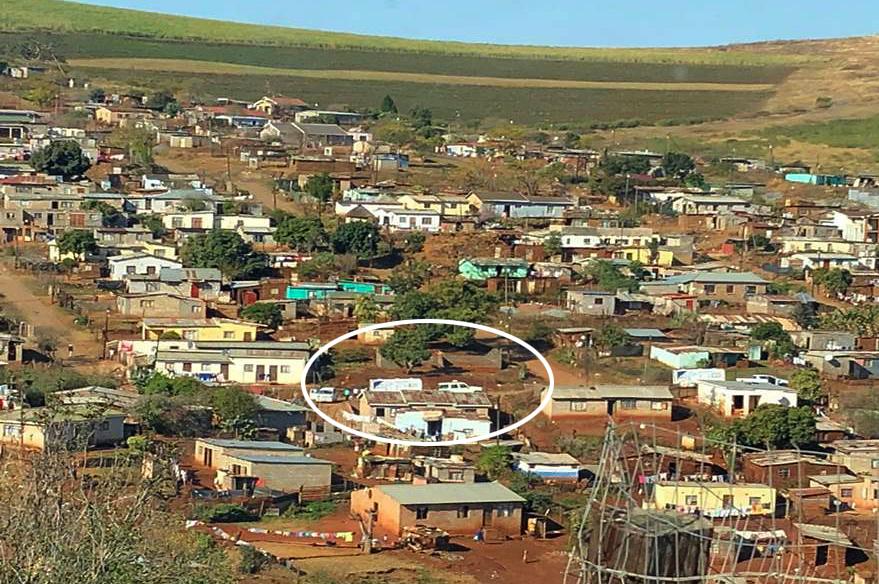
Lessons from Africa on how to fight an infection
Study finds mobile vans testing and treating people for HIV creates more space in clinics, and makes care more accessible.
In parts of Africa, where the HIV rate is 36 percent, researchers tested out a simple idea: They made access to care easier for people living with a chronic condition.
In a nearly three-year study in South Africa and Uganda, researchers used mobile vans in five communities to dispense care and treatment to 1,315 people living with HIV and not on antiretroviral treatment.
The randomized controlled trial, conducted between May 2016 and March 2019, found that viral suppression was 74 percent, compared to 63 percent for those seen in a clinic. The infection rate dropped and it cleared up space in clinics. The trial also showed the benefit of using text messages and video chat in delivering care.
Ruanne Barnabas, associate professor of global health in the University of Washington schools of medicine and public health, presented the results March 9 at the virtual Conference on Retroviruses and Opportunistic Infections (CROI).
"A lot of the lessons learned -- including providing treatment to the community, freeing up clinical space for patients who need it, communicating by text message or videoconference, and the ability to deliver medications easily -- are valuable lessons for the COVID-19 pandemic we are dealing with currently," she said. "I would encourage everyone to really think how we can simplify what patients need to do to access care, and how we can provide it while keeping our facilities free for people who are more acutely ill."
Barnabas said the convenience of the vans in the community made getting care much easier. People who needed ART could start in an hour and get treatment for a year without ever needing to go to a clinic. The vans, paid for by The Bill and Melinda Gates Foundation, operated daily from 11 a.m.-8 p.m. in five locations.
The study was conducted in rural and peri-urban areas of high and medium HIV prevalence in South Africa and Uganda. In South Africa, the study was conducted in 11 communities in uMgungundlovu District, KwaZulu-Natal – with a population HIV rate of 36 percent.
Overall, an estimated 7.7 million South Africans are living with HIV and about 4 million are not getting treatment, according to data from UNAIDS in 2019.
In Uganda, the study was conducted in six communities in the Sheema District, with a population HIV rate of 11 percent. Overall, an estimated 1.4 million people are living with HIV in Uganda and about 380,000 are not receiving treatment, according to UNAIDS 2019 data.
Both communities in South Africa and Uganda have public clinics that offered access to ART and no cost but are characterized by high unemployment and low per-capita income (below US $2 a day.)
The study was funded by The Bill and Melinda Gates Foundation and the University of Washington and Fred Hutch Center for AIDS Research, which is supported by the National Institutes of Health.
-- Bobbi Nodell, UW Medicine media relations, bnodell@uw.edu
For details about UW Medicine, please visit https://uwmedicine.org/about.